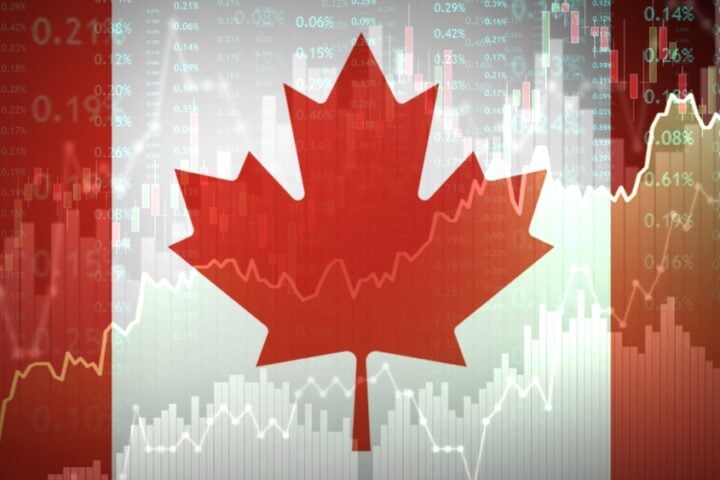The Federal Reserve is anticipated to lower interest rates by another quarter point on December 18, marking the third consecutive rate cut since September. This move would reduce the federal funds rate by a full percentage point within three months, aiming to recalibrate policy following a period of rapid hikes during record-high inflation.
Jacob Channel, senior economic analyst at LendingTree, suggested this might be the last rate cut for a while as the Fed adopts a “wait-and-see approach” amid uncertainty over President-elect Donald Trump’s fiscal policy for his second term.
Consumer Borrowing Costs: Mixed Effects
While a rate cut could slightly ease financial pressures, its impact on consumer borrowing varies across different financial products.
Credit Cards
- Impact: Variable-rate credit cards are directly influenced by Fed rate changes.
- Current Rates: Average credit card rates remain high at 20.25%, barely moving despite recent rate cuts.
- Advice: Consumers with credit card debt should consider transferring balances to a 0% interest card and aggressively pay down debt, as rates won’t decrease significantly soon.
Mortgages
- Impact: Mortgage rates, tied to Treasury yields and broader economic factors, don’t directly follow Fed policy.
- Current Rates: The average 30-year fixed-rate mortgage stands at 6.67%, well above the year’s low of 6.08%.
- Outlook: Rates are likely to fluctuate, and refinancing opportunities may depend on broader economic conditions.
Auto Loans
- Impact: Auto loans are fixed, meaning existing rates won’t change with Fed cuts.
- Current Rates: The average rate for a five-year new car loan is 7.59%.
- Challenge: High sticker prices continue to make car payments unaffordable for many, even with potential rate reductions.
Student Loans
- Impact: Federal student loans are fixed and unaffected by rate cuts, but private loans with variable rates could see reductions.
- Consideration: Borrowers with variable-rate private loans might refinance into fixed-rate loans. However, converting federal loans to private loans forfeits federal protections like income-driven repayment and loan forgiveness.
Savings Rates: A Bright Spot for Savers
While the Fed doesn’t directly control deposit rates, savings yields typically follow changes in the federal funds rate.
- Current Yields: Top online savings accounts offer near 5% returns, among the highest in decades.
- Advice for Savers: This remains an excellent environment for cash savings, with competitive rates outpacing inflation.
Broader Economic Context
The federal funds rate cut would lower the benchmark range to 4.25%-4.50%, but its impact on financial conditions might be modest.
- Economic Growth: The U.S. economy continues to grow robustly, with fourth-quarter GDP projected to rise at an annualized rate of 3.3%.
- Inflation Trends: While inflation has moderated, wage growth and Trump’s proposed fiscal policies could stoke price increases, complicating the Fed’s long-term strategy.
Looking Ahead: Fed’s Approach to Neutral Policy
The Fed is balancing efforts to maintain monetary policy at a “neutral” stance that neither restricts nor stimulates growth.
- Expert Insight: Brett House, economics professor at Columbia Business School, noted the Fed’s easing moves might not broadly lower financial pressures.
- Future Rate Cuts: Economists suggest the Fed may cut rates again in early 2025 before pausing to evaluate the economic landscape.
“Prudence would suggest starting the process of rate reductions now,” said Tom Porcelli, chief U.S. economist at PFIM Fixed Income, highlighting the importance of recalibrating policy for long-term stability.







